PsychNewsDaily Publishers
100 Summit Drive
Burlington, MA, 01803
Telephone: (320) 349-2484
PsychNewsDaily Publishers
100 Summit Drive
Burlington, MA, 01803
Telephone: (320) 349-2484
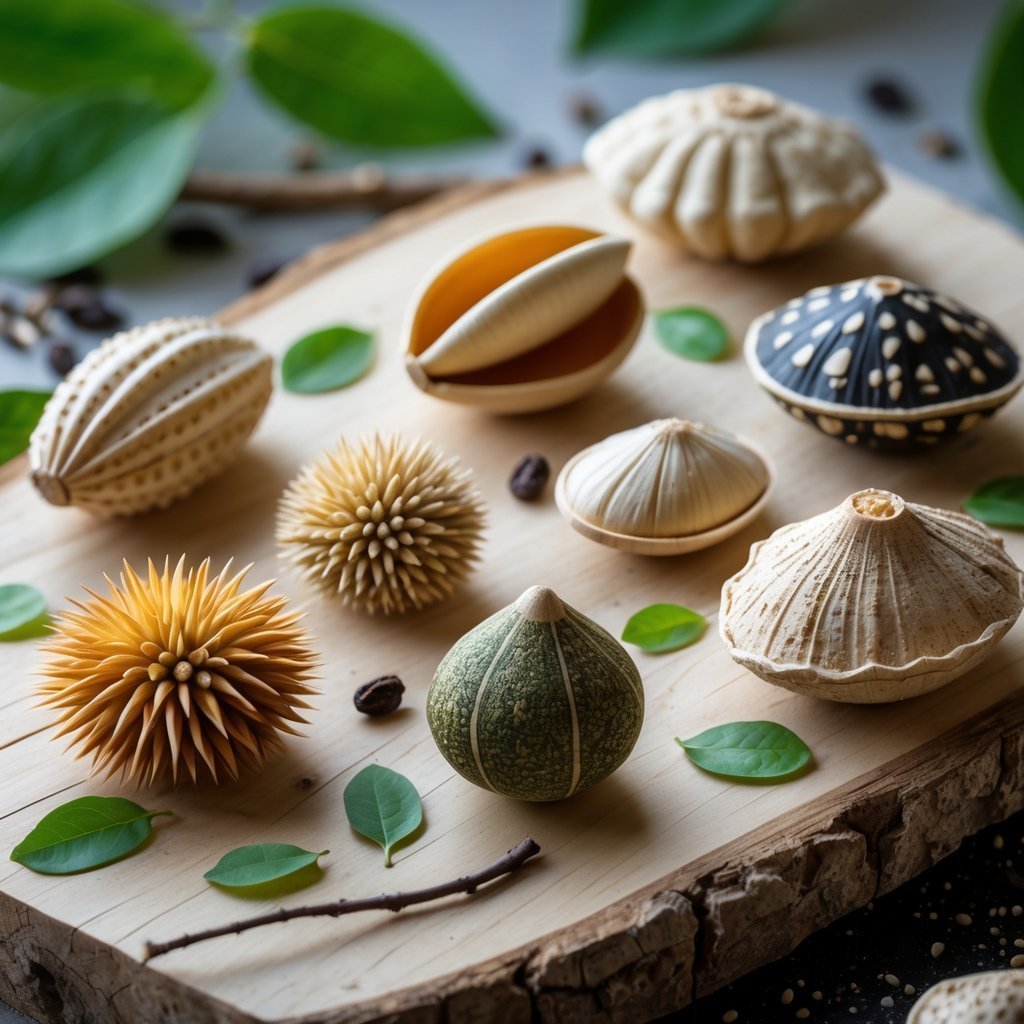
Seeds come in all sorts of shapes and sizes. Some of them are just downright odd.
These unique seeds have some pretty clever ways to get around, often ending up far from where they started.
When you start to notice how these strange seeds move, you get a whole new appreciation for how plants manage to pop up all over the world. It’s wild how seeds hitch rides, survive, and adapt to so many places.
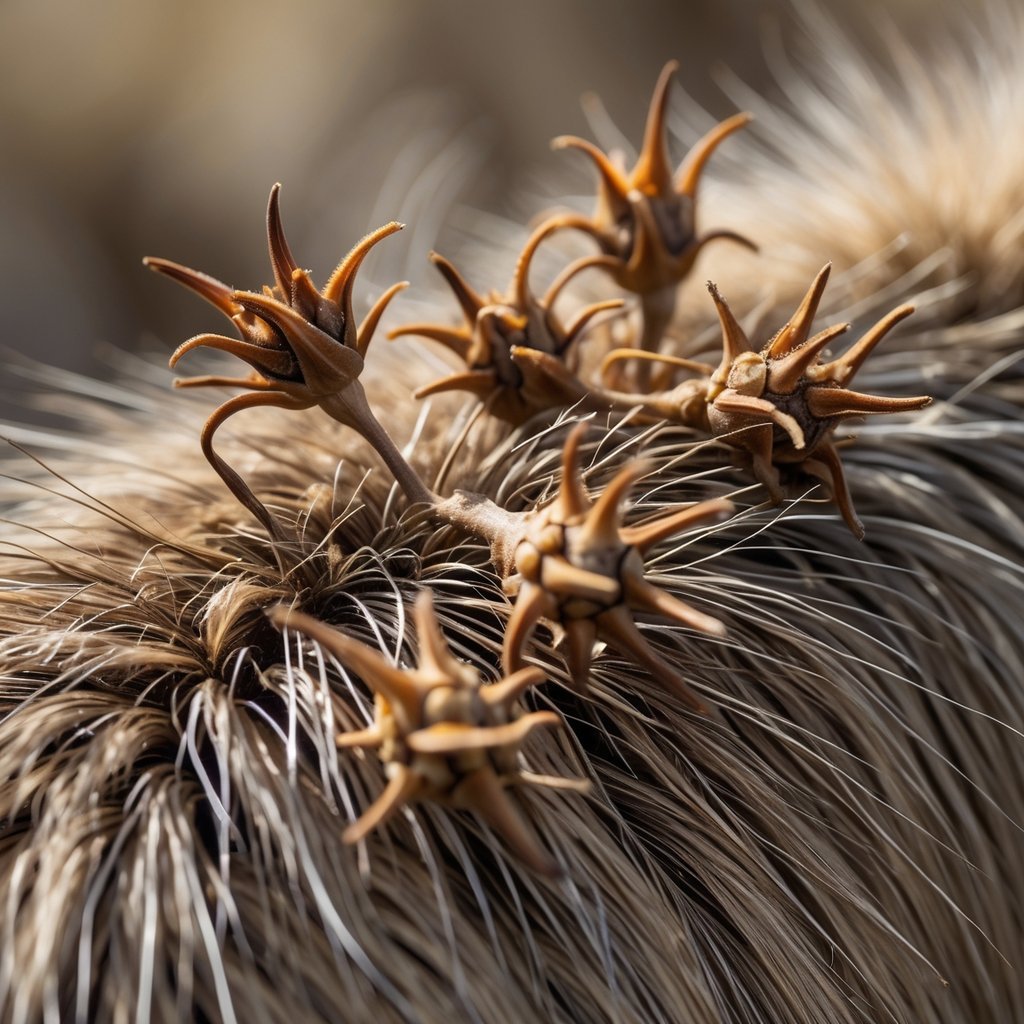
Cocklebur seeds have these tiny hooks that grab onto your clothes or an animal’s fur in a snap.
If you brush past the plant, the seeds latch on tight, ready for adventure.
They use this hook system to get far away from their parent plant. That way, they can find better places to grow without being crowded out.
You’ll probably spot cocklebur seeds stuck to your shoes or your pet’s fur after a hike. Sometimes, they even hitch a ride on farming tools or vehicles—anything that brushes past, really.
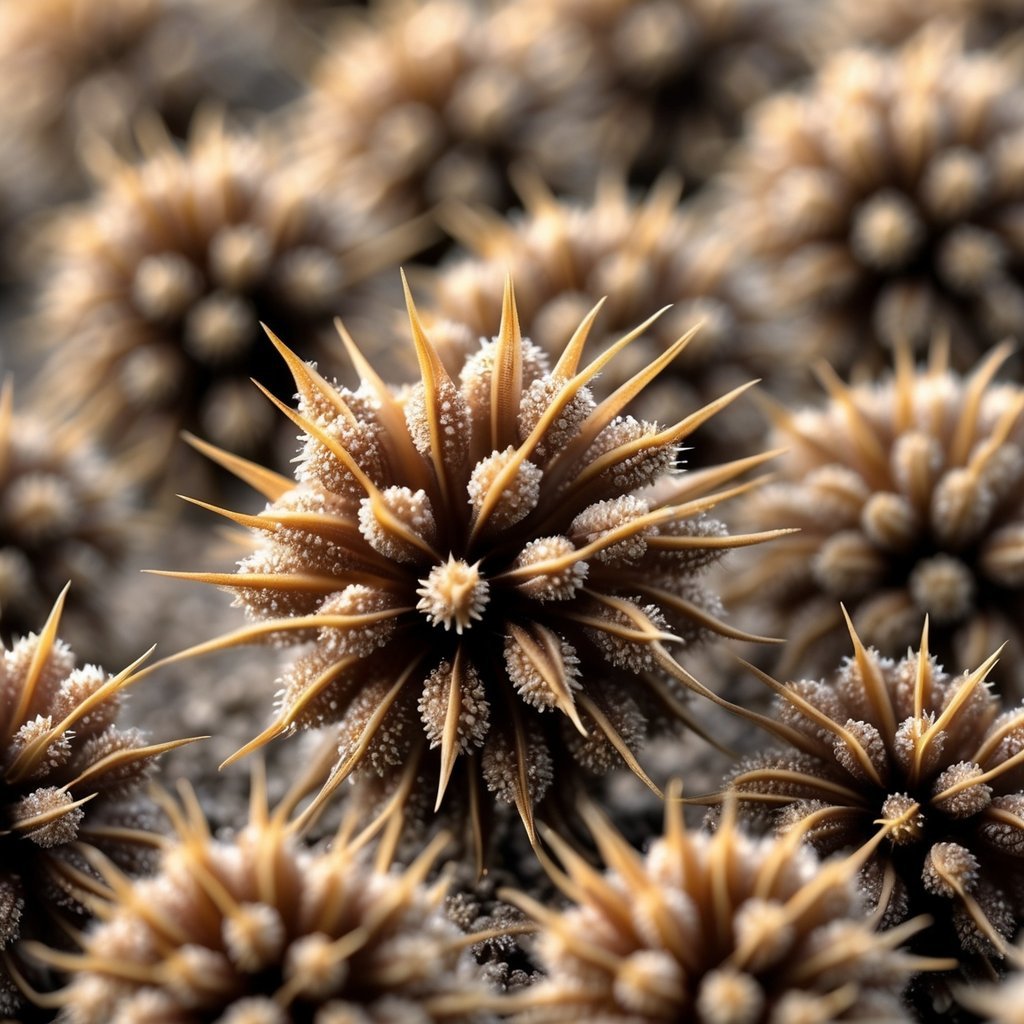
Burr seeds love to stick to anything that moves. They’re covered in little barbs that grab onto fur, feathers, or even your socks.
When animals or people wander by, the burrs cling on and travel to new spots.
It’s honestly a clever way for plants to spread out. You’ll notice burrs on plants like burdock, ragweed, or bedstraw—sometimes annoyingly so.
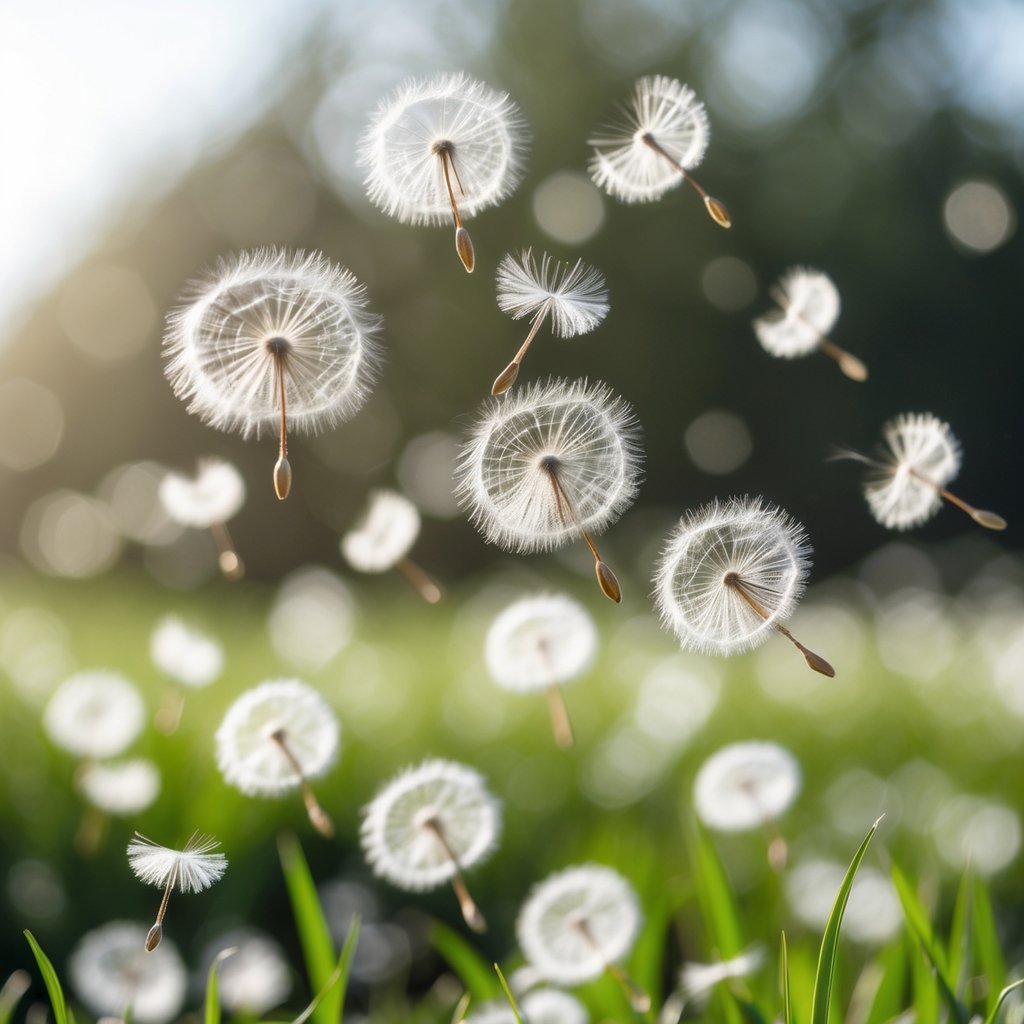
When you see a dandelion puff, each seed has its own parachute made of fine bristles. These parachutes catch the wind and send the seeds flying far from home.
The parachute even opens and closes depending on humidity, helping the seed float even longer.
A gentle breeze can carry dandelion seeds across a whole field—or sometimes more than a kilometer away.
It’s kind of mesmerizing to watch them drift, like hundreds of tiny skydivers just floating along.
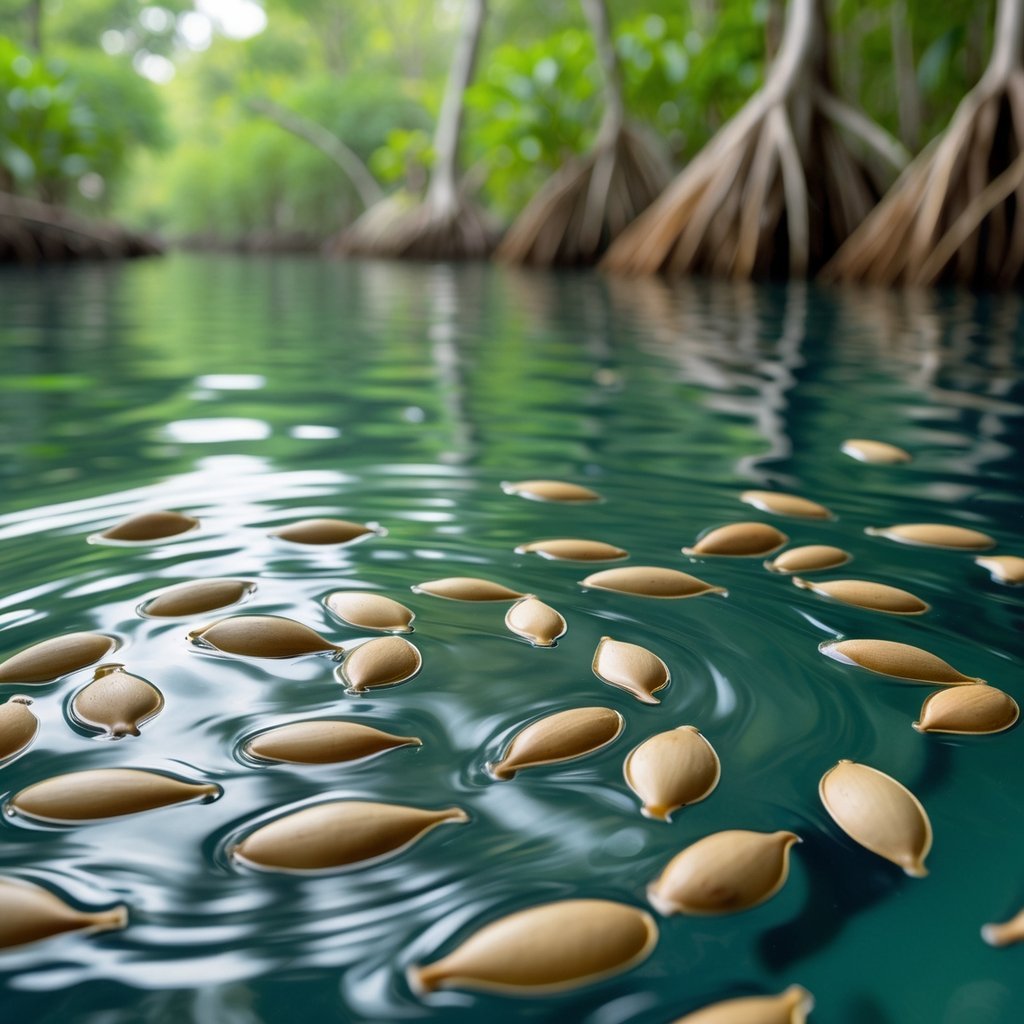
Mangrove seeds don’t just drop and hope for the best. They float.
When the seeds are ready, they fall from the parent tree and ride ocean or river currents to new places.
You’ll notice these seeds look pretty different—usually long or tube-shaped, which helps them stay afloat.
They can survive in saltwater for months, sometimes almost a year, just waiting for the right spot to settle.
Thanks to this, mangroves spread along coastlines and pop up in new areas where the conditions work for them.
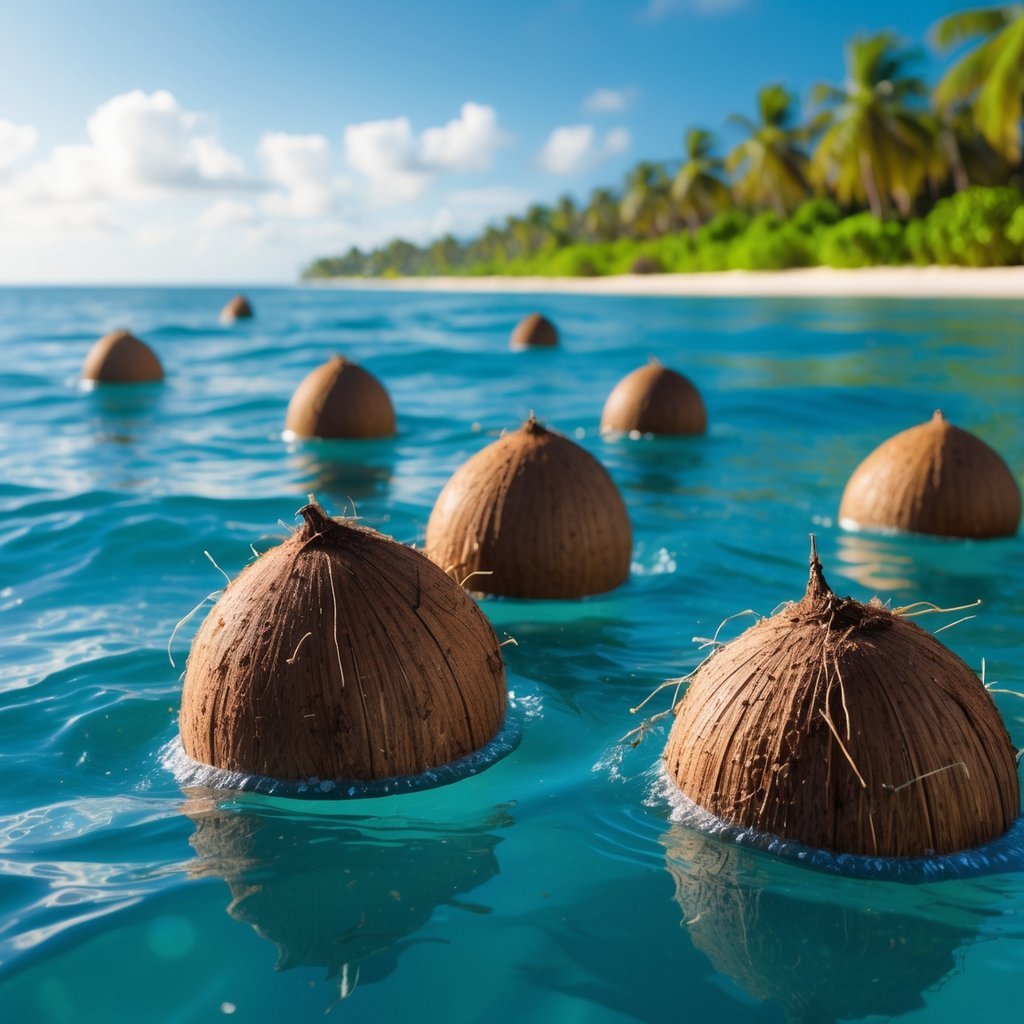
Coconut seeds are basically the ultimate travelers. They float across oceans thanks to their hard shell and a built-in air pocket.
That means the coconut you find on the beach might have come from hundreds of miles away.
When a coconut washes up on a warm shore, it can sprout and start a new palm tree right there.
Coconuts really don’t like to stay put—they ride the waves to explore new islands and coastlines all over the world.
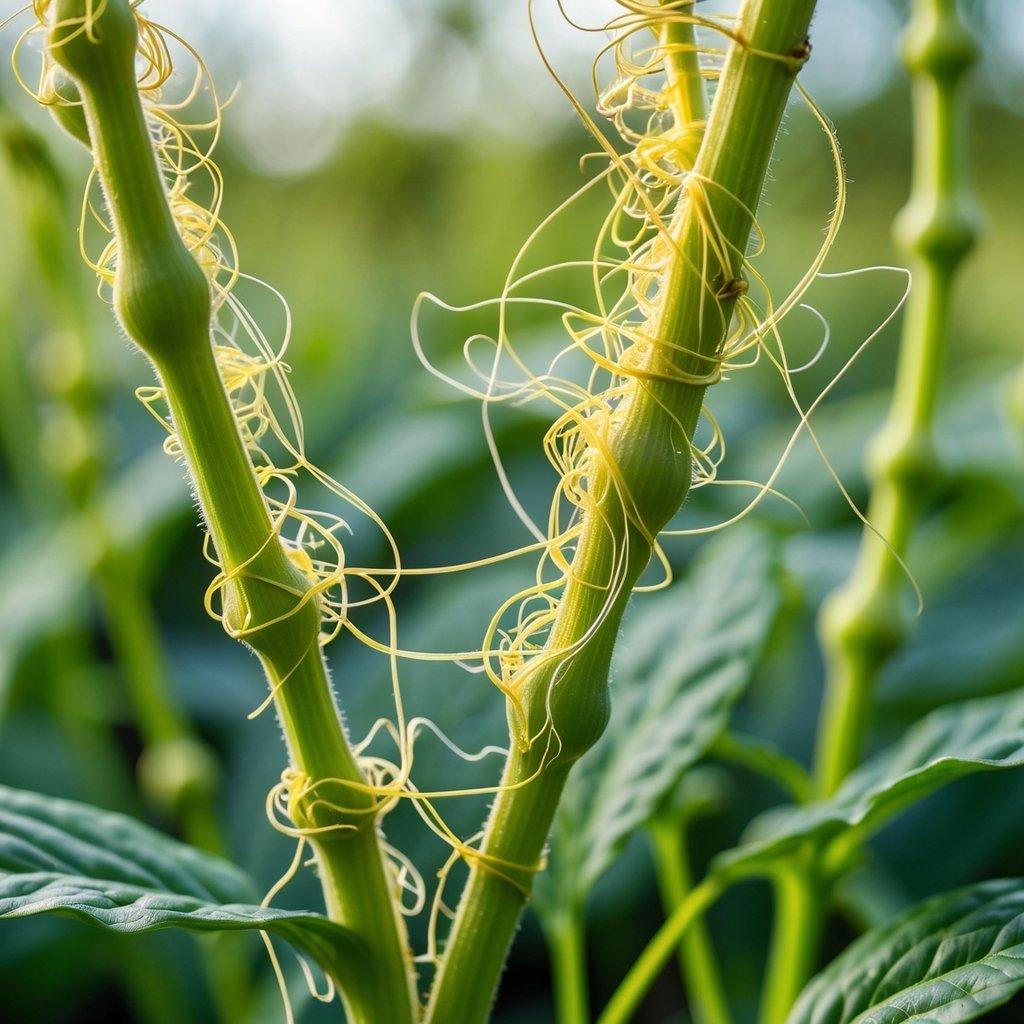
Dodder seeds are small but determined. When they sprout, they have only about 5 to 10 days to find a host plant, or they’re done for.
Once a seedling senses a nearby plant, it wraps its thin, string-like stems around it.
Dodder plants don’t bother with leaves or making their own food. They just tap into other plants for water and nutrients.
Their seeds can wait in the soil for up to 20 years, biding their time for the right moment to grow. When they finally do, they rely on their host to survive and spread further.
You’ll often spot dodder as yellow-orange, twining strands clinging to other plants.
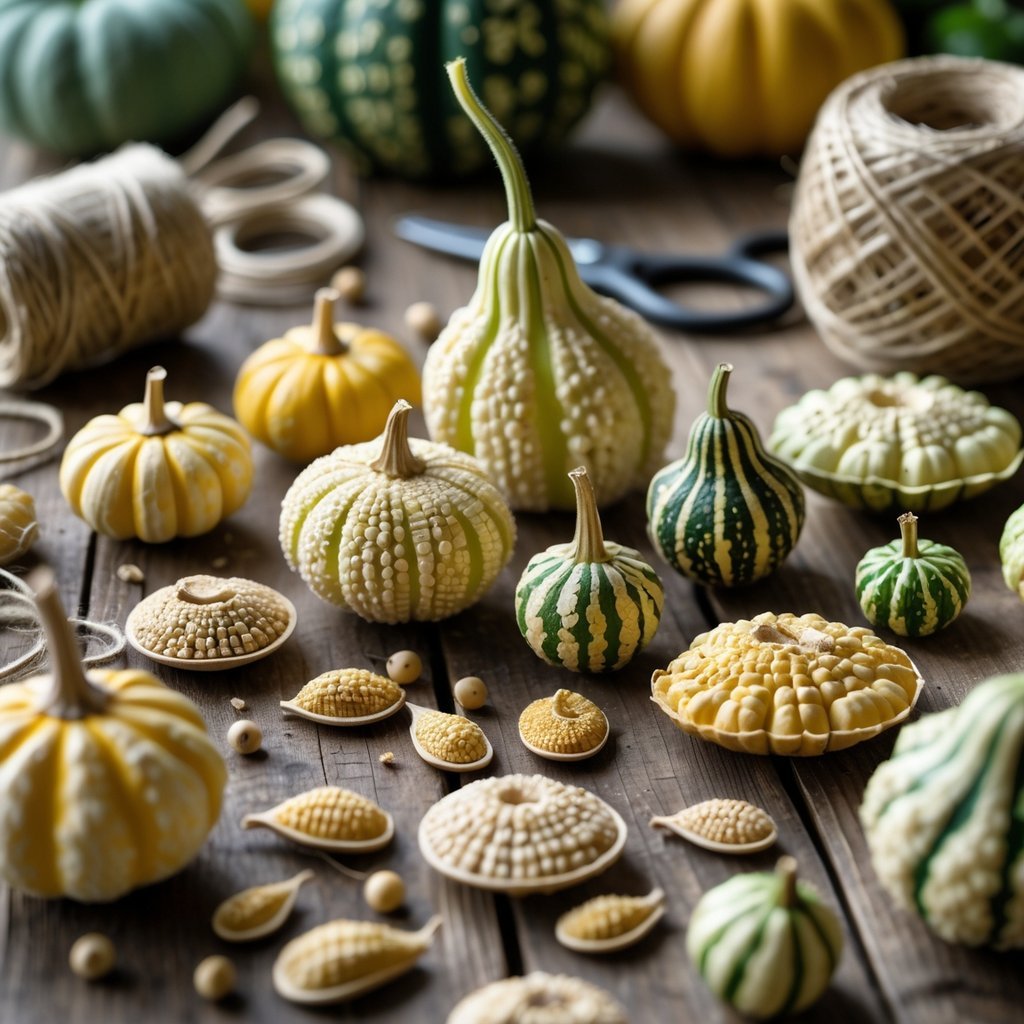
Gourd seeds get around mostly because people love growing them for crafts and decorations.
Gourds come in all sorts of shapes—think birdhouses or little bowls—which makes them a favorite for creative projects.
When you plant gourd seeds, you have to watch out for cross-pollination. If you want to keep a variety pure, plant different types apart.
People share or sell gourd seeds with other gardeners or crafters. That’s how these seeds end up in new places, ready for someone’s next project or garden.
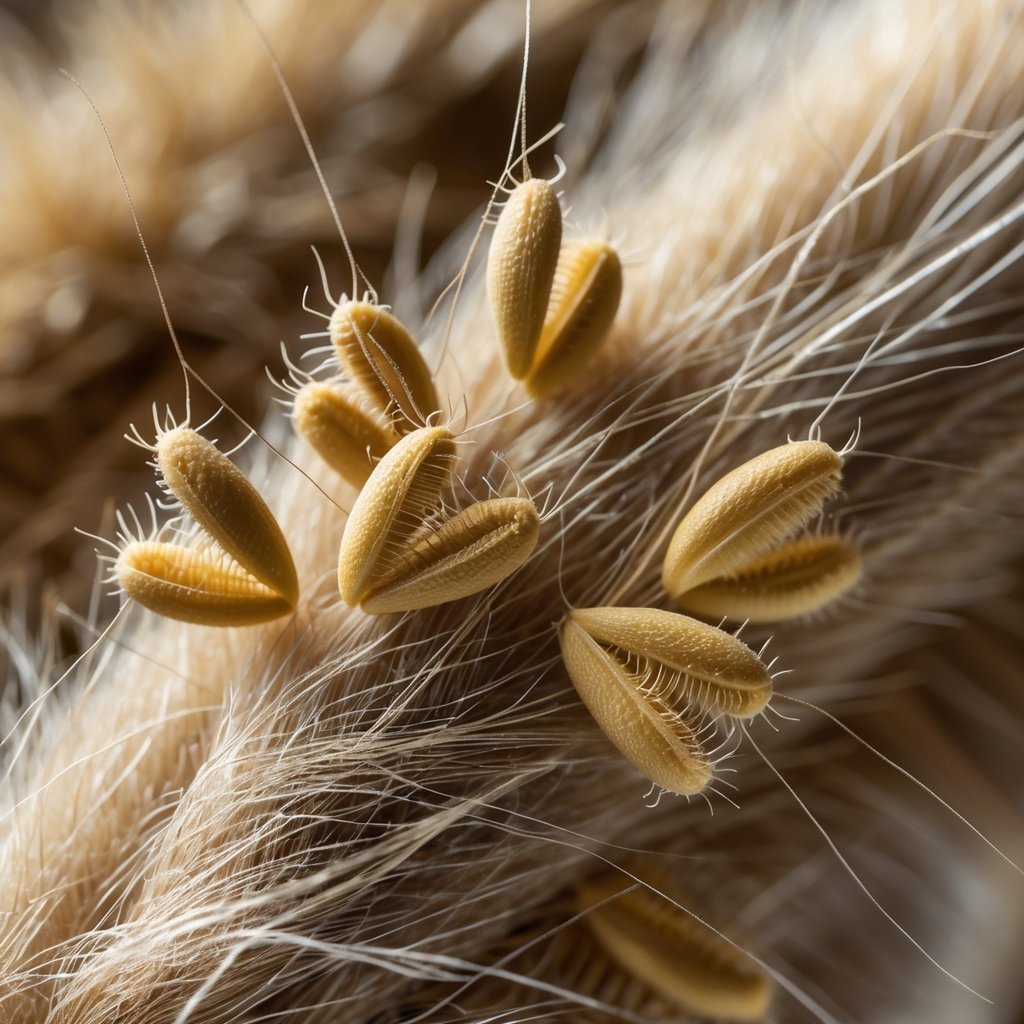
Ever notice those stubborn seeds clinging to your jeans or your dog’s fur after a walk? Yeah, those little hitchhikers come from the velcro plant, which most folks know as burdock.
These seeds use their tiny hooks to grab onto anything fuzzy or textured. They’re actually pretty clever, using you (and your pets) to travel way farther than they could on their own.
George de Mestral, an engineer, saw these burrs stuck all over his dog. Curious, he checked them out under a microscope.
He realized their hook-and-loop design could work for fasteners. So, he basically borrowed the idea from nature and created Velcro.
Now, every time you rip open a Velcro strap, you’re using a trick straight from a plant. Nature’s got some wild ideas, doesn’t it?